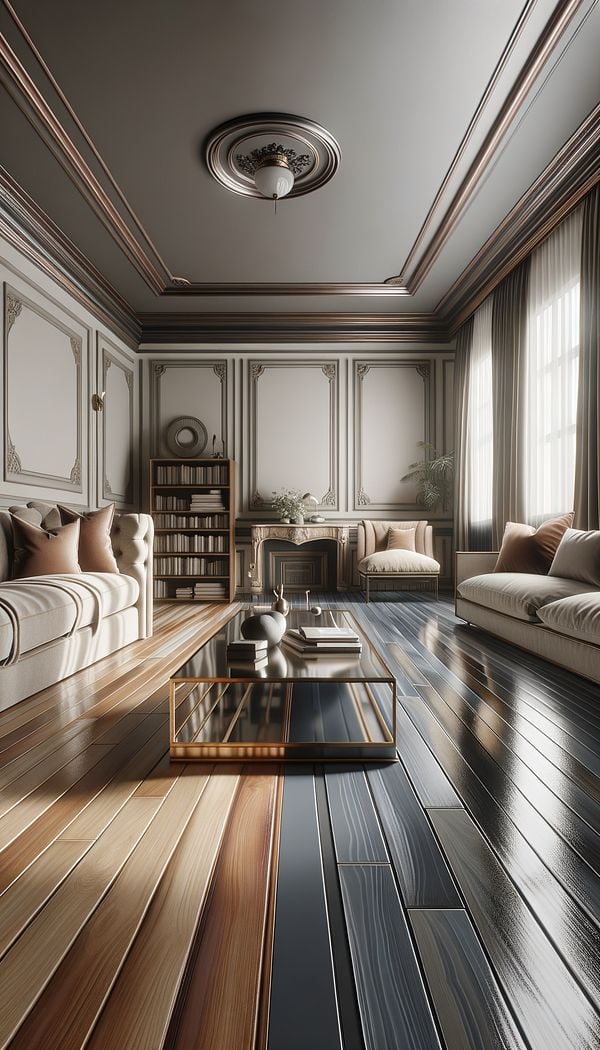What is Finish?
Finish refers to the final surface treatment or coatings applied to objects, walls, floors, and furniture in interior design.
Description
In the realm of interior design, the term 'finish' plays a critical role, referring to the final surface treatments or coatings that are applied to various elements within a space. These finishes can include paint, varnish, or laminate on furniture and architectural features, as well as treatments for fabrics such as dyeing and printing. The finish not only provides a protective layer, enhancing the durability and longevity of materials, but also adds aesthetic value, contributing significantly to the overall look and feel of a room.
Finishes are selected based on various factors, including the desired appearance, the material's natural qualities, the function of the space, and its exposure to wear and tear. For example, in high-traffic areas, more durable finishes such as laminates or high-gloss paints might be preferred for their ease of maintenance and resistance to scratching. On the other hand, soft, matte finishes may be chosen for quieter, more intimate spaces to evoke a sense of calm and warmth.
Moreover, finishes can also serve specific functions beyond aesthetics and protection. Some finishes are chosen for their sustainability, such as eco-friendly paints or reclaimed wood, supporting green design initiatives. Other finishes may enhance functionality, like anti-microbial surface treatments in healthcare settings or reflective finishes that maximize natural light in a room.
Usage
For instance, an interior designer may select a high-gloss finish for kitchen cabinets to give them a modern look and make them easier to clean. Conversely, a matte or satin finish might be chosen for bedroom walls, creating a soothing atmosphere that enhances relaxation. In commercial spaces, durable and easy-to-clean finishes are often used on floors and high-touch surfaces to withstand heavy usage.
FAQs
-
What factors influence the choice of finish?
The choice of finish is influenced by the desired aesthetic, the material's natural properties, the room's function, and its exposure to wear, tear, and maintenance requirements.
-
How do finishes contribute to a room's aesthetic?
Finishes add color, texture, and sheen, significantly impacting a room's visual appeal and atmosphere, either complementing or contrasting with other elements in the space.
-
Can finishes have functional benefits?
Yes, besides enhancing a room's look, finishes can offer practical benefits like protection against wear, ease of cleaning, fire resistance, and even antimicrobial properties, depending on the type of finish applied.
Practical Application
When selecting a finish for any part of your interior, consider not only the color and texture that will complement your design but also the practicality of the material in the specific context of its application. For example, assess whether the area will be high-traffic or exposed to moisture and choose a finish that will stand up to these conditions while maintaining its aesthetic appeal over time.
